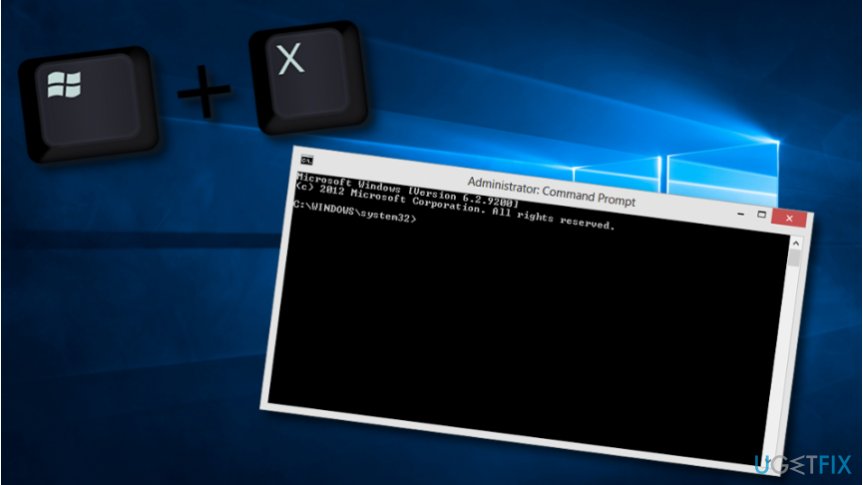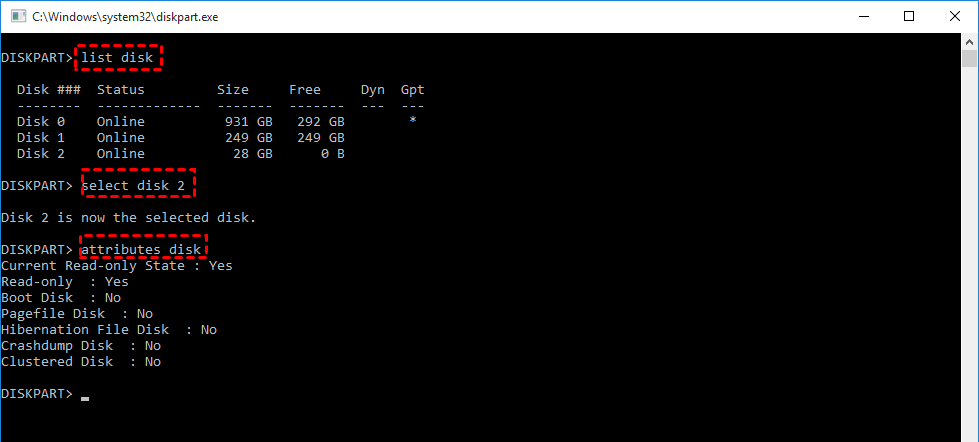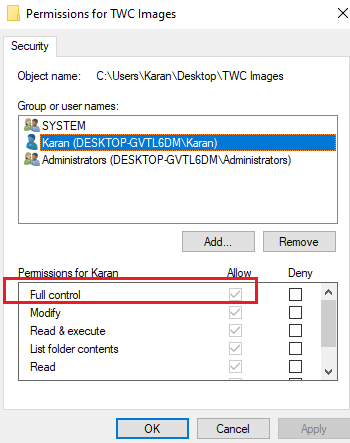

For example: msiexec /i c:\work\Webex.msi ACCEPT_EULA=TRUE ALLUSERS=1. You can choose to accept the end user license agreement for users and users won't get a prompt to accept the end user licenseĪgreement. For example: msiexec /i c:\work\Webex.msi /quiet. You can include /quiet and there is no user interaction. Machine installation, you must have administration access privileges.

When you use the ALLUSERS=1 property to specify a per When you install Webex App with the MSI file, you can add the following command line parameters. By default, the app is installed in the following folder %LocalAppData%\Programs\Cisco Spark.Īdministrators, can run the installer with additional privileges and then they can choose per machine installation and theĪs an administrator, if you want to access a specific version of the app, use the following options:įor bulk installations, you can use the MSI file with a third-party distribution mechanism to bulk install Webex App to select users or computers. The browser automatically detects if the users operating system isģ2-bit or 64-bit and downloads the correct version of the Webex App. When users install Webex App they can download the app and then open the Webex.msi file to install it. Webex App can be installed either per machine or per user and can be installed by users or IT administrators. To install the Webex App, users don't need to have administrator access privileges on their machine.

If you have a file or folder you use frequently, you can save time by creating a shortcut on the desktop. In the next lesson, we'll talk about another important concept: how to find files on your computer that you can't easily locate.

You'll start to feel more comfortable as you continue using your computer. If working with files and folders feels a little tricky right now, don't worry! Like anything else, working with files and folders is largely a matter of practice. We'll talk more about these in our lesson on Keyboard Shortcuts in Windows. Ctrl+A is an example of a keyboard shortcut.


 0 kommentar(er)
0 kommentar(er)
